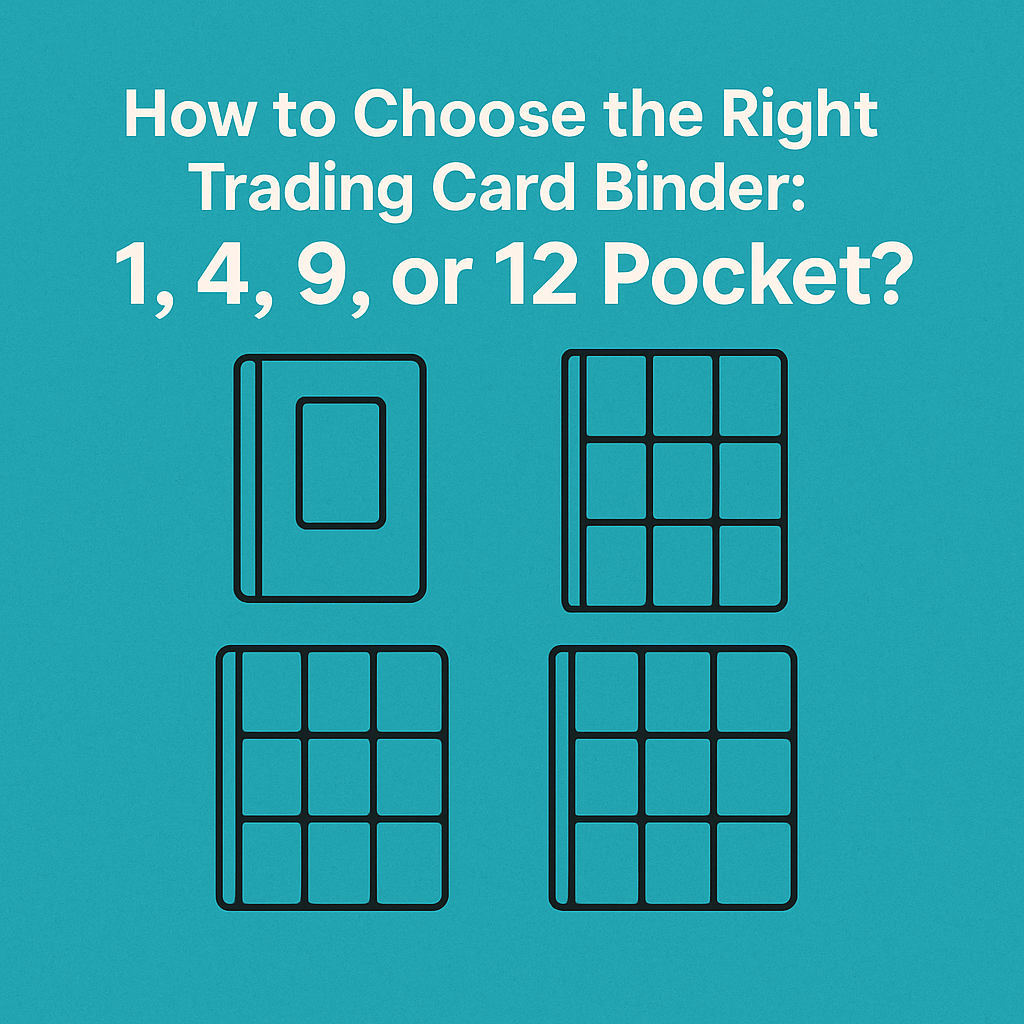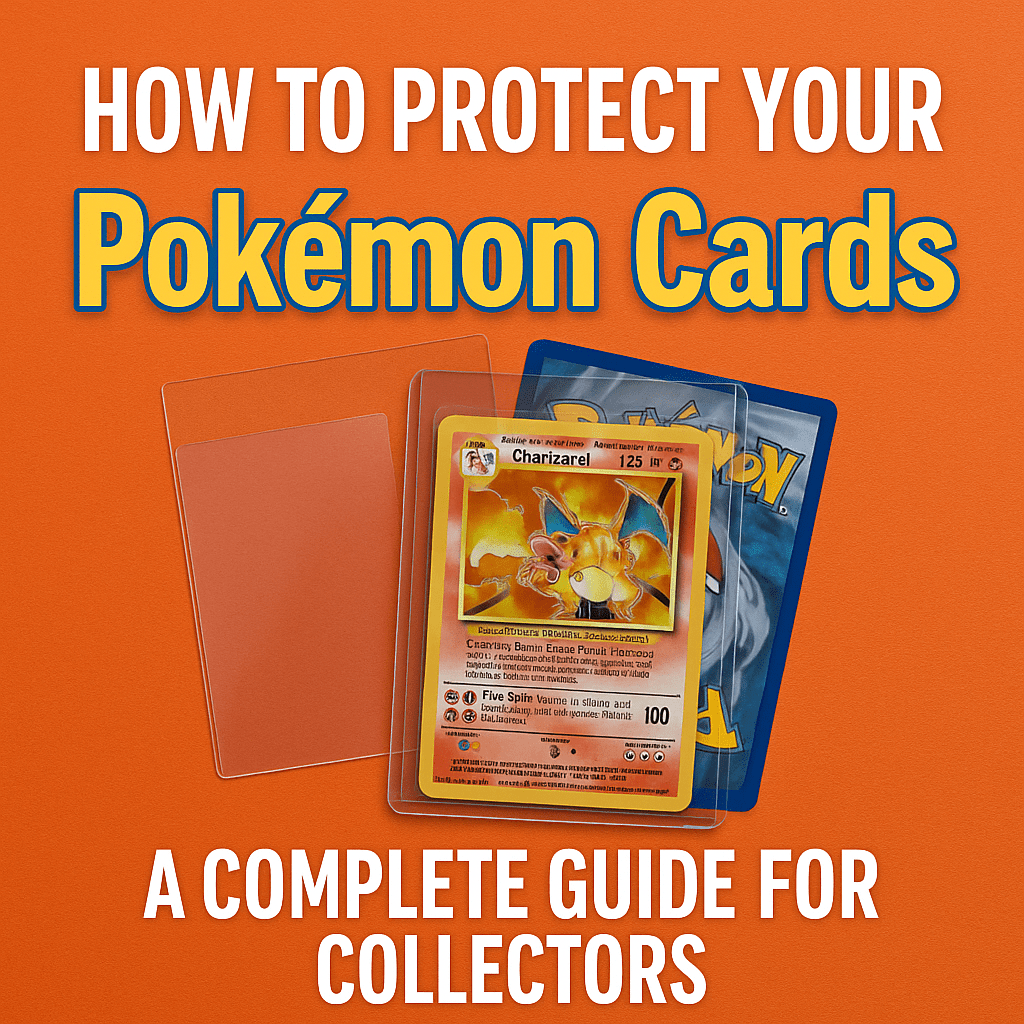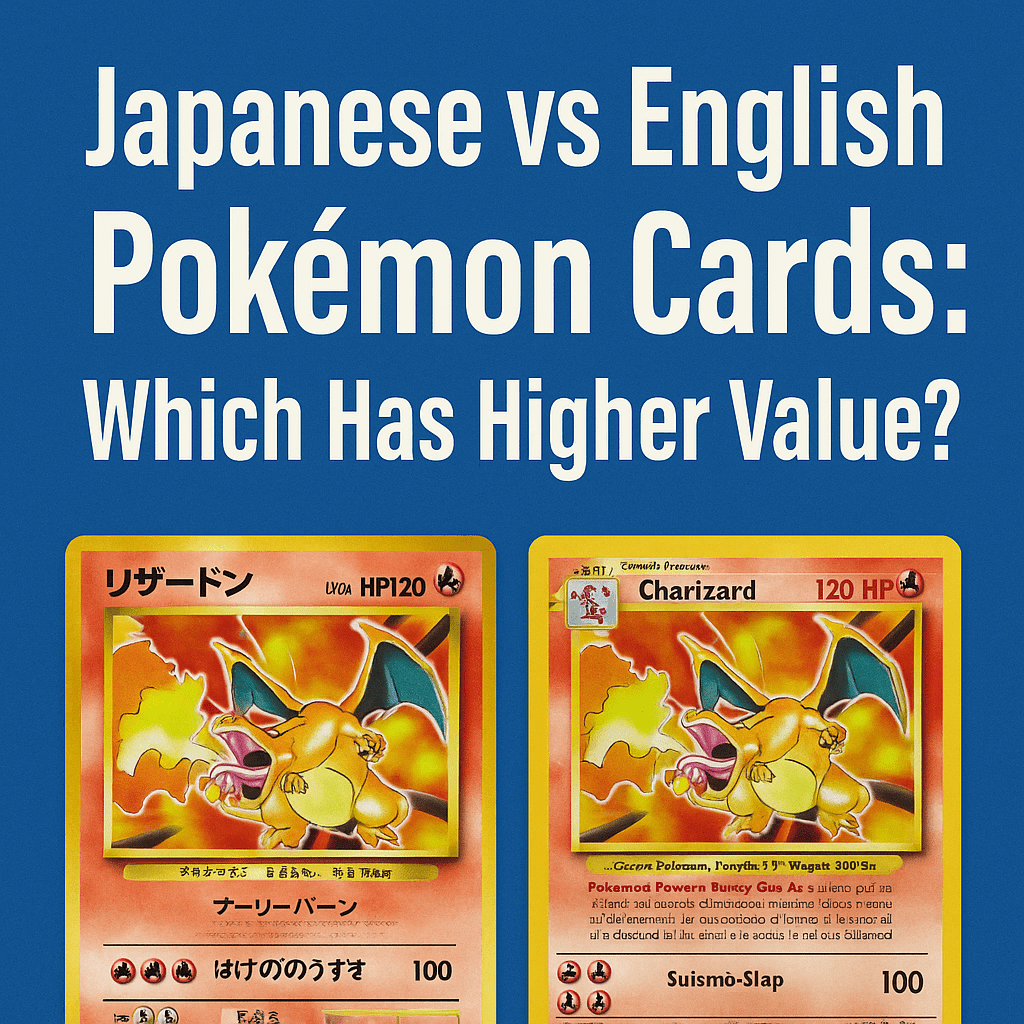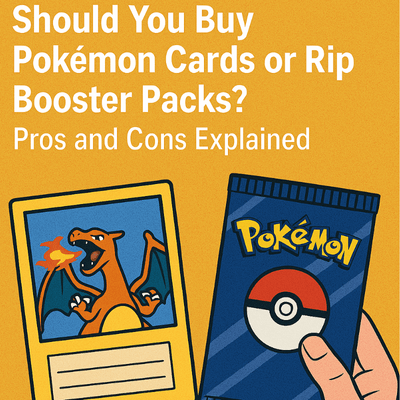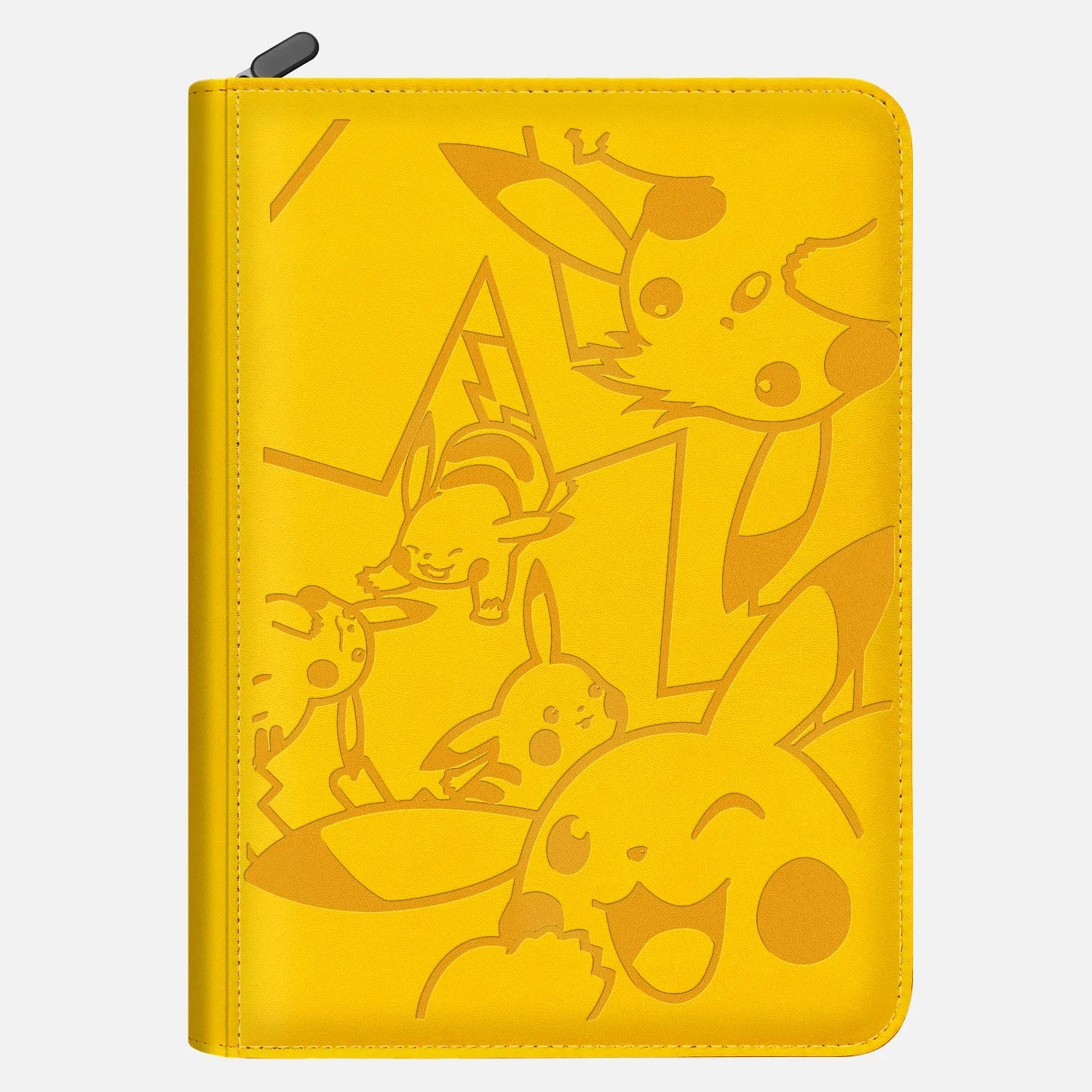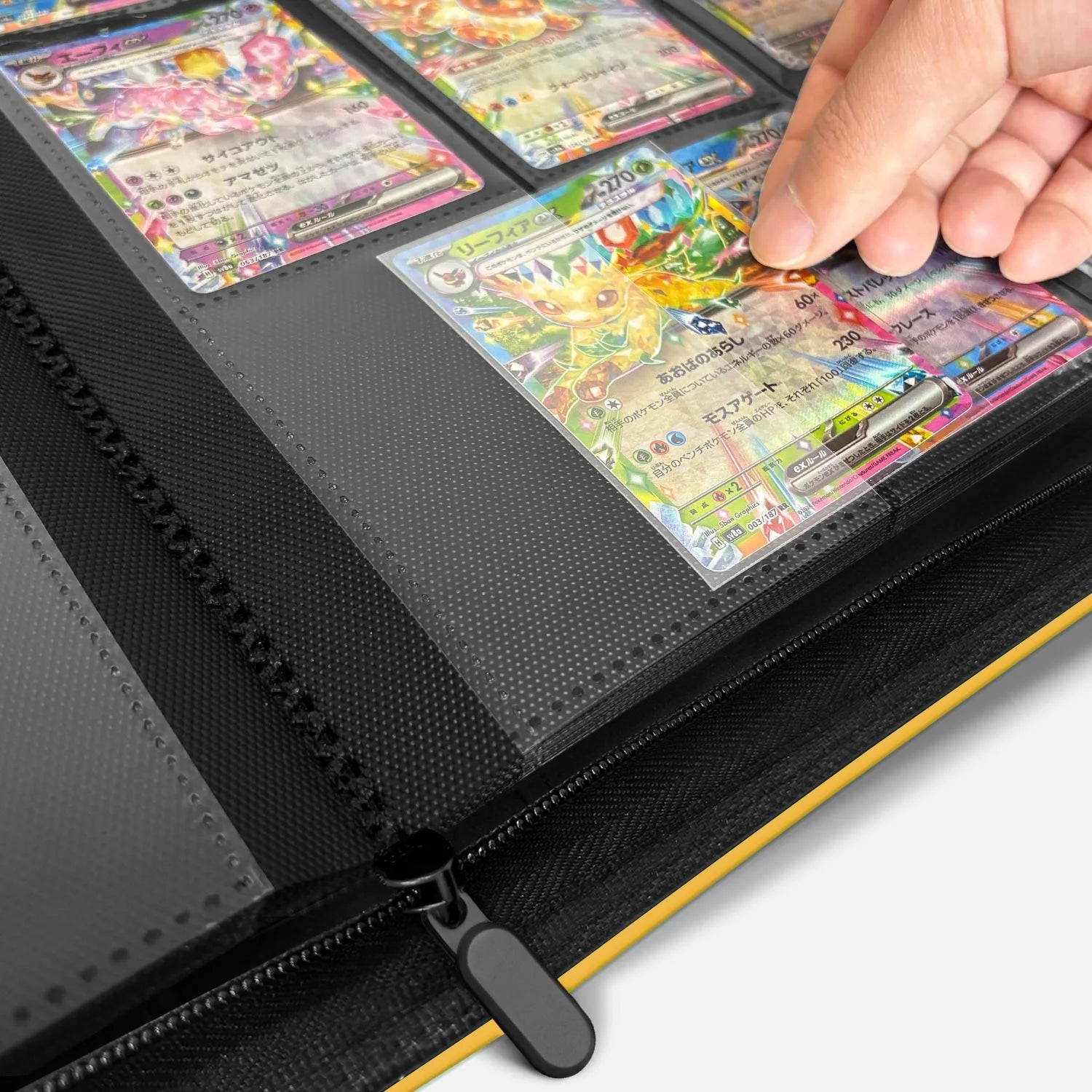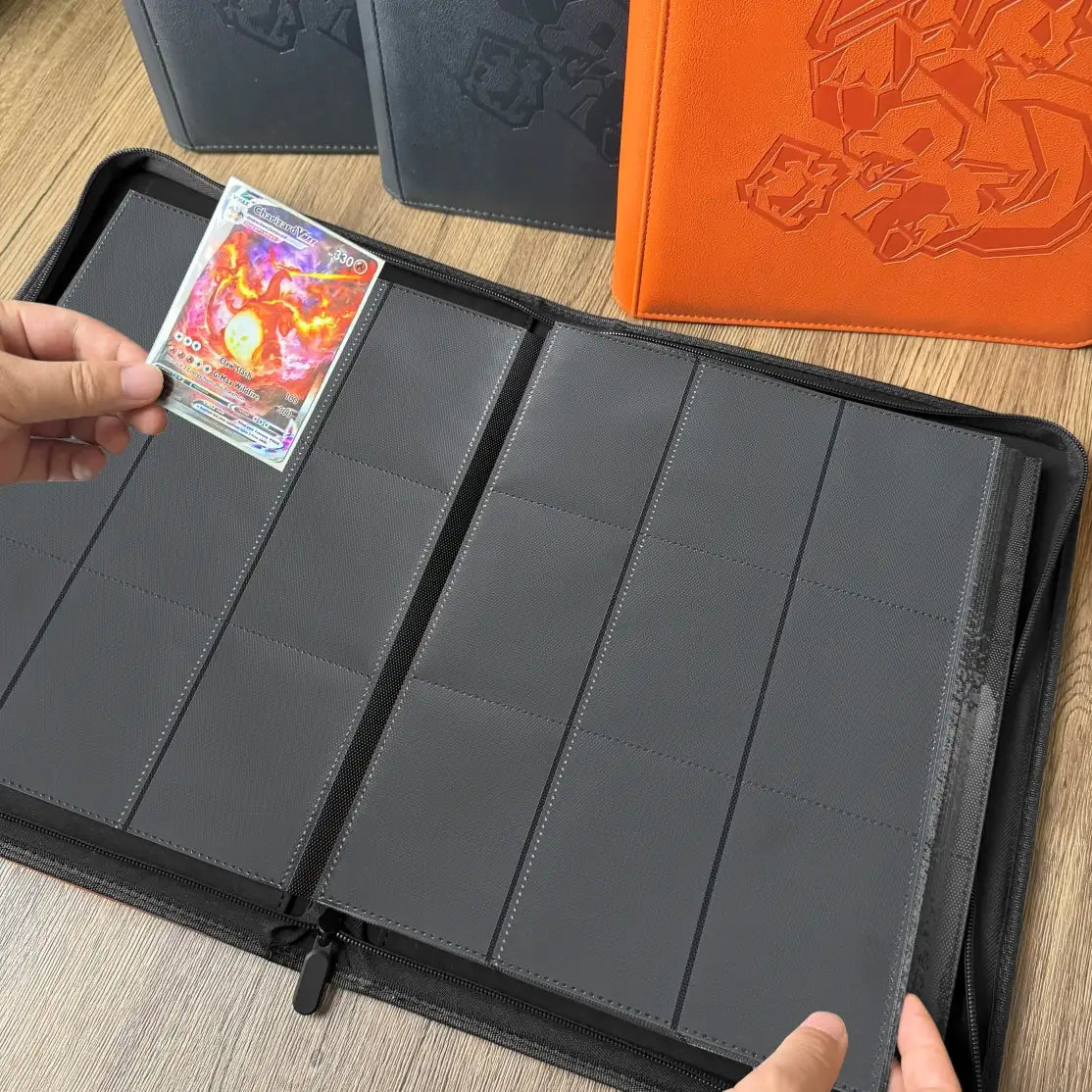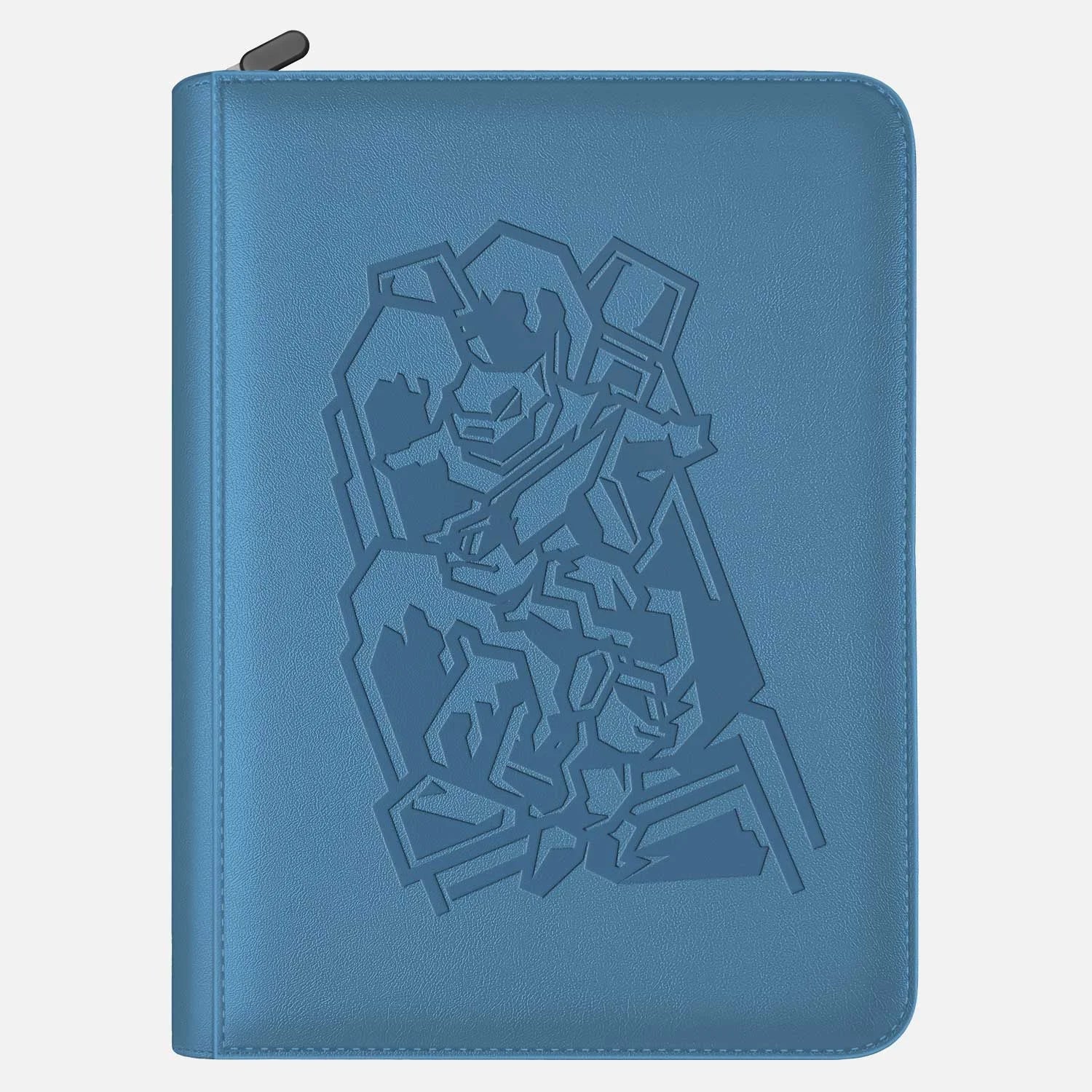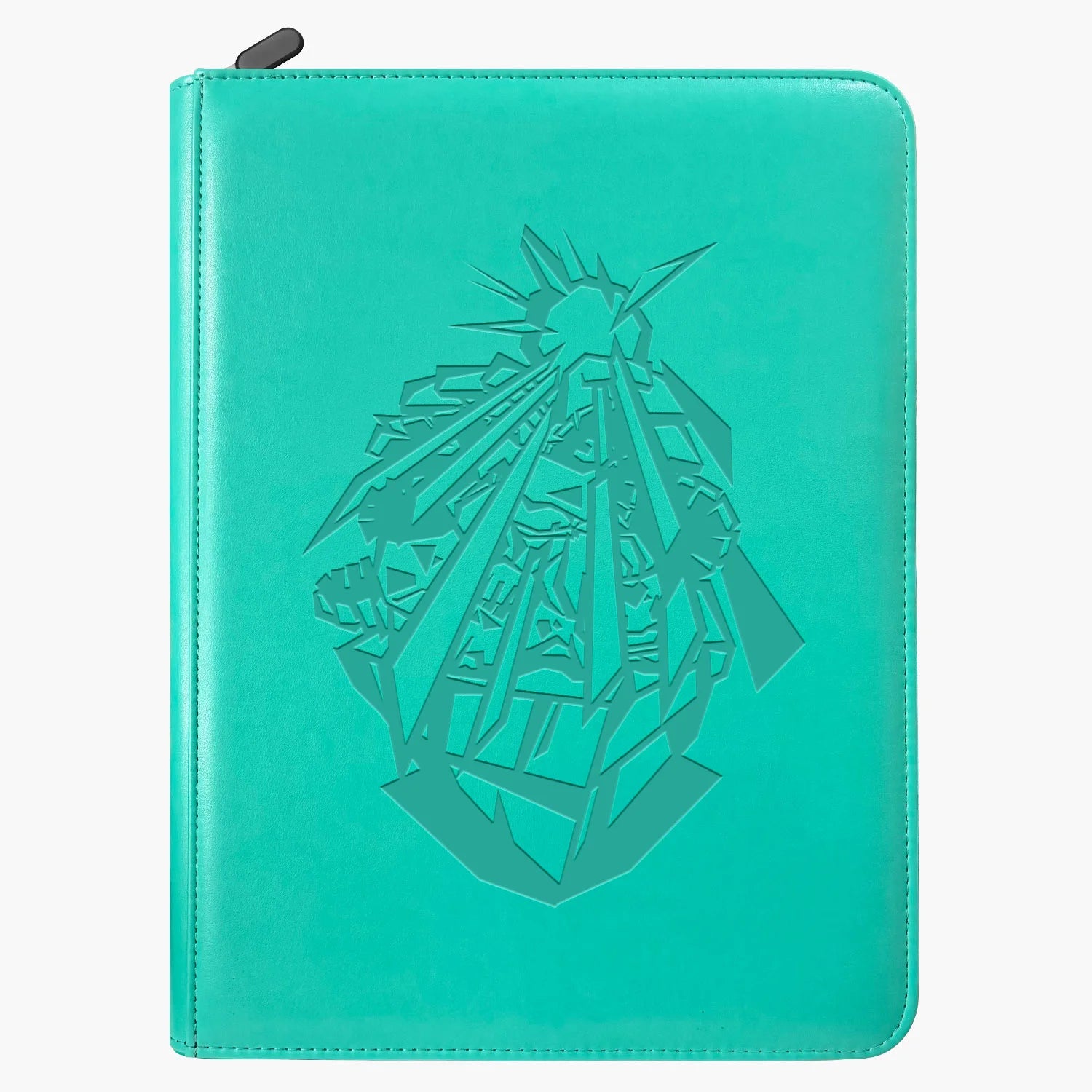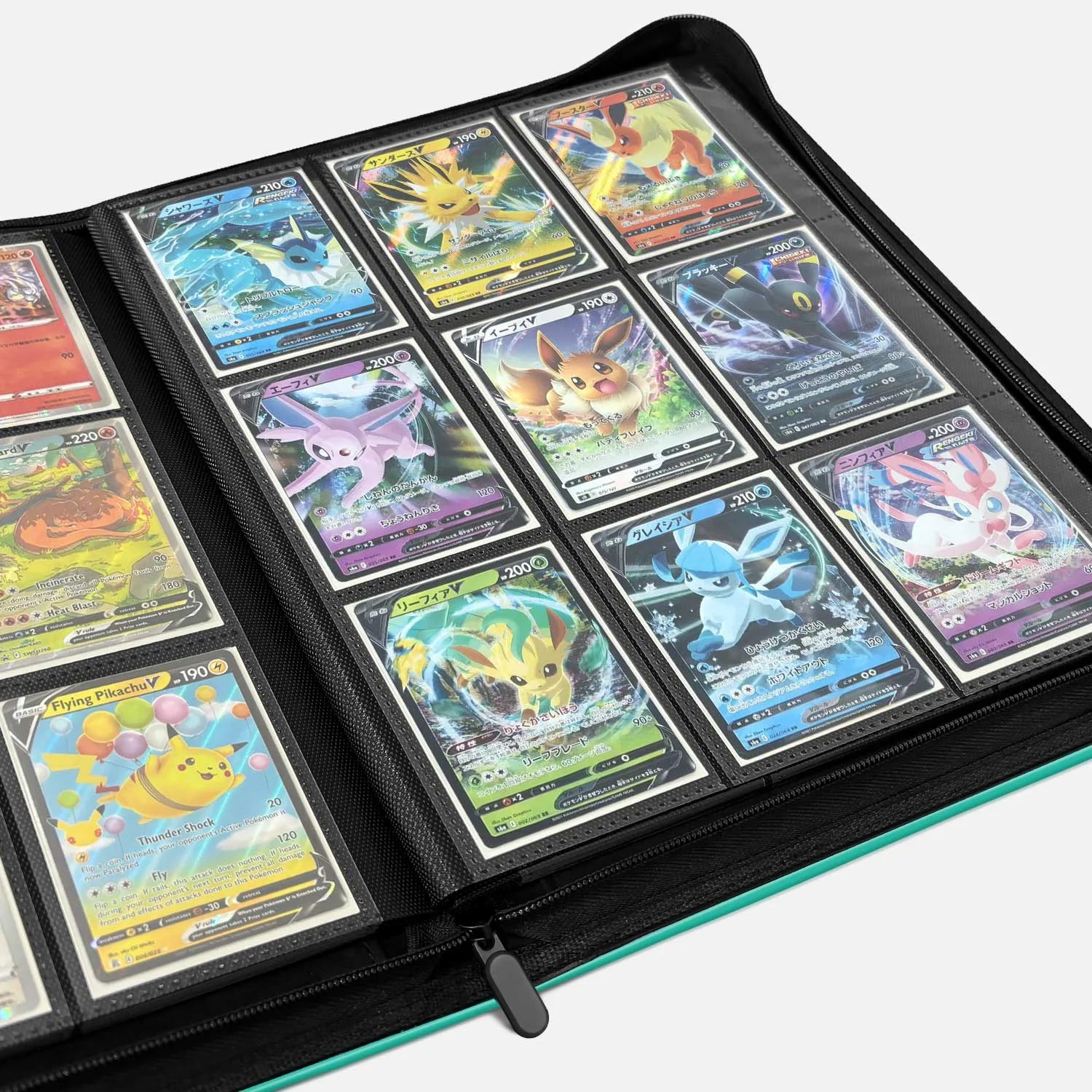Pokémon card values can range from just a few cents to thousands of dollars. How can you tell if a particular card in your collection is actually valuable or just an ordinary card? To figure out if a card is worth collecting for its value, consider these key factors:
1. Rarity Symbols and Card Rarity
Check the card’s rarity symbol at the bottom corner. This symbol shows how common or rare the card is in its set (● = common, ◆ = uncommon, ★ = rare). Generally, rare (star) cards are more valuable than common or uncommon ones. However, not all “rare” cards are equal – some have special rarity tiers. For example, Ultra Rare cards or secret rares have unique markings (like a card number beyond the set’s total) and often command high prices due to limited print runs.

2. Holographic and Special Variants
See if the card is a holographic card (holofoil). A holo card with a shiny artwork section is usually more sought-after than a non-holo version of the same card. These holographic cards are harder to pull and thus more valuable on average. In contrast, a reverse holo (where the card’s background is foil but the picture is not) is generally less rare and less prized. Also note if the card is a special variant such as a full-art or an EX/GX type, as those often fall into higher rarity categories and indicate the card could be more valuable than a regular card.

First Edition and Early Print Runs
If you see a First Edition symbol (a “1” stamp) on the card, it came from a limited first print run. First Edition cards are typically much more valuable than later unlimited-edition prints of the same card. Similarly, cards from early print runs like the 1999 shadowless Base Set (which lack the drop shadow behind the art box) are rarer than the later printings – shadowless versions carry a premium for collectors. Early edition indicators generally add to a card’s worth.

Condition and Grading
Consider the card’s physical condition. Cards in Mint condition (virtually no wear) fetch far higher prices than cards with scratches, creases, or other heavy wear. Even a rare card’s value drops sharply if it’s damaged. In fact, older cards that survived in pristine shape are especially valued, since many vintage cards show significant play-wear from childhood use. Collectors often have valuable cards graded by professional services, and a top grade (for example, a PSA 10 gem mint) can significantly increase the card’s market price.

Popularity and Demand
Cards featuring popular Pokémon like Charizard or Pikachu tend to have higher demand and fetch higher prices – for instance, Charizard cards often command some of the highest prices of any Pokémon from the early sets. By contrast, a card of a less popular Pokémon might not be worth much even if it’s old or rare, simply because fewer collectors want it. Additionally, if a card becomes very useful in competitive play, its price can rise as players seek it out. Overall market demand plays a big role in a card’s value.

Promotional and Limited Cards
Consider how the card was obtained. Promo cards given out at special events or in collector’s boxes (often marked “PROMO”) were not in regular booster packs, so they have a more limited supply. Likewise, limited-run prize cards (such as tournament reward cards with exclusive stamps) exist in very low quantities, and those can be worth hundreds of dollars or more to collectors. If your card is a promo or other limited-release card, its exclusivity boosts its collectible value. Additionally, rare misprints or error cards – cards with printing mistakes – can also attract collectors and sometimes sell for more than the normal versions.

Authenticity Matters
Ensure the card is authentic. Counterfeit or proxy cards have no collector value. If the printing, coloration, or card stock looks wrong and you cannot find the card in any official card database or price list, it could be a fake – in which case, it isn’t worth anything to collectors.

Checking the Market Value
Finally, research the card’s market value. Look up recent sale prices for that exact card (same edition and condition) on reliable price guides or auction sites. You can also use online tools or apps to scan the card and see its live market price based on actual sales data. This step confirms whether people are currently paying significant money for the card. If mint-condition copies of your card are consistently selling for high amounts, then it is likely worth holding onto (and perhaps getting graded). If it’s only selling for a few dollars or less, it may not be financially worth collecting despite any sentimental value.



